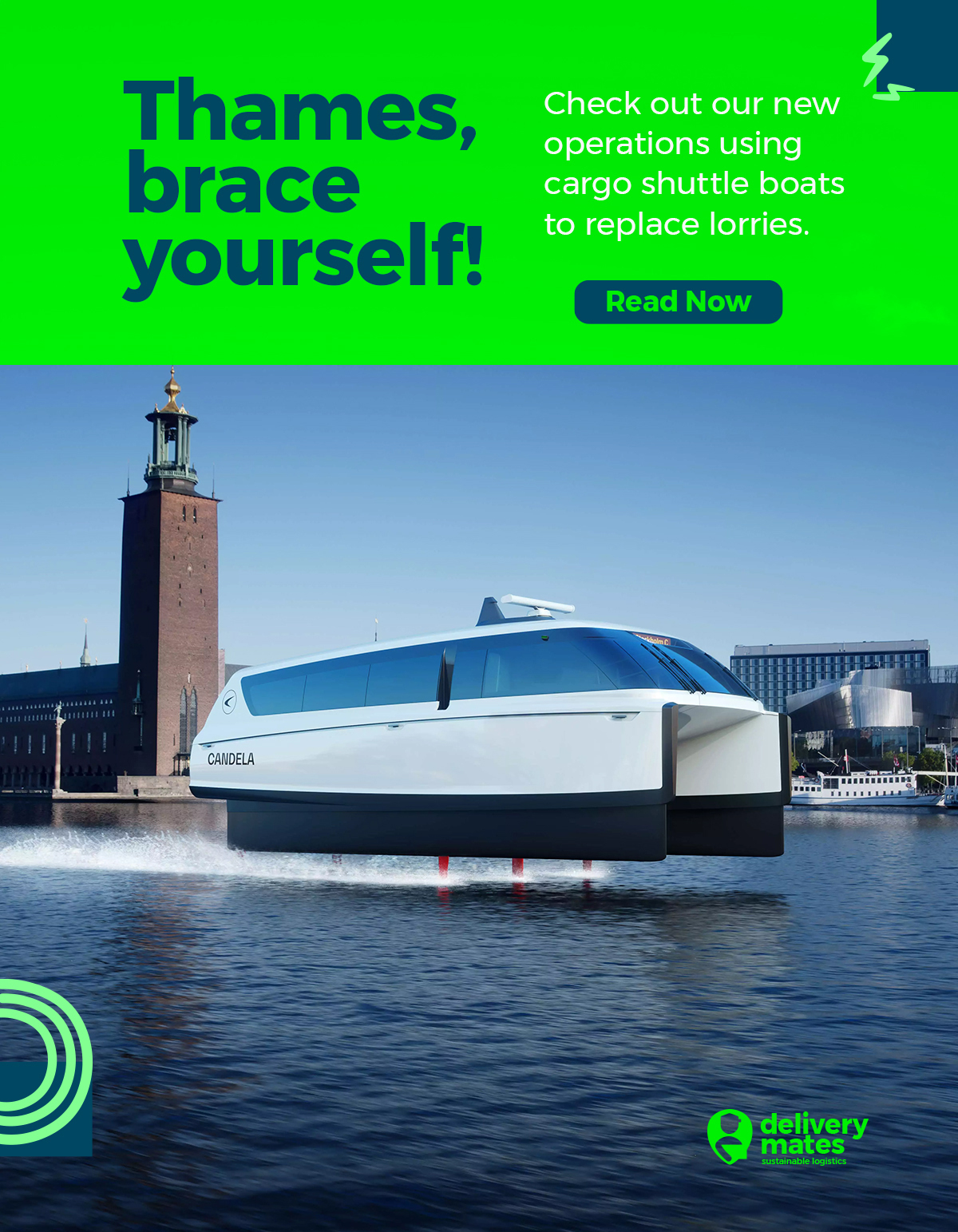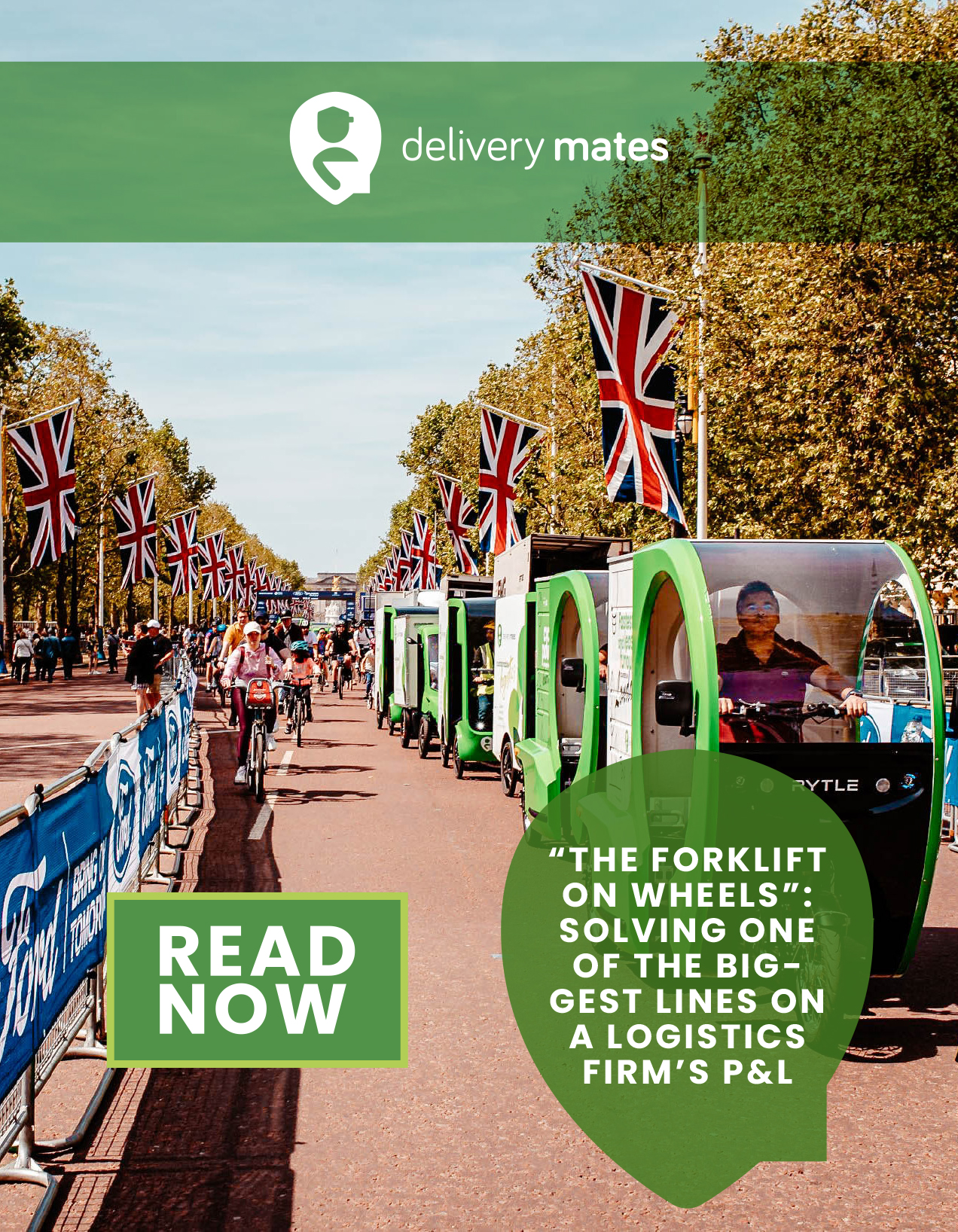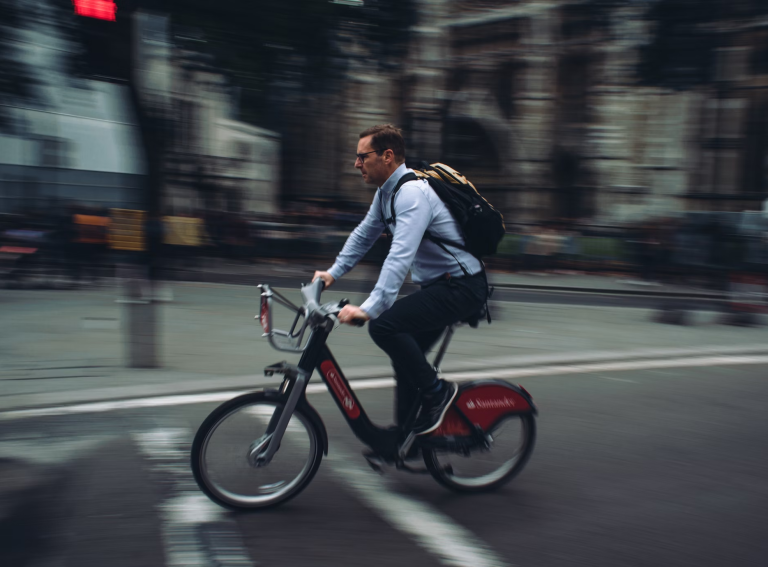Micro-Mobility for Europe (MMfE) has released a guidance document highlighting the challenges associated with shared micromobility parking and outlining the coalition’s recommendations.
MMfE has built the document on the expertise of its seven shared micromobility members: Bolt, Dott, Bird, Voi, Tier, Lime and Superpedestrian.
Titled ‘Parking Challenges & Recommendations’ the joint letter aims to educate a broad range of European stakeholders and not just those with micromobility industry expertise. The guidance also recognises that it may not be possible for the recommendations to be universally applied across the whole of Europe as each country has different arrangements and practices.
“Every city has a different situation and not everything in this guide will work for every single city,” Co-Chair of Micro-Mobility for Europe Marc Naether told Zag Daily in an interview. “This guide is for those who ask themselves what the sector of micromobility thinks the best practices are for parking vehicles.
“It’s also for those people who are less experienced with how to regulate micromobility and who are looking for inspiration from the sector.”
Offering real-life examples through case studies, the letter highlights challenges associated with micromobility parking and addresses each in turn. These challenges are a lack of dedicated parking and the related issues of competition for urban space; public education gaps; and compliance measurement and enforcement.
“There will be experts who know their city perfectly and know how to regulate micromobility. They may have come up with good solutions that work locally. This guide is not meant to replace those good solutions that are working there.”
Micro-Mobility for Europe Secretariat Florian Steuerer added: “We’re trying to provide tangible advice of where actions actually work and which approach cities have taken to regulate micromobility in the right way. We have taken proactive steps to provide such guidance which can then serve as a basis for discussion with any stakeholder at any level.”
Parking and competition for urban space
To tackle a lack of dedicated parking, some recommendations included in the guidance are mandatory parking spots in dense areas and making temporary use of existing bicycle infrastructure. It also suggests replacing some car parking space with space for micromobility vehicles to boost the modal shift away from privately owned cars.
Another recommendation is to complement public transport with physical infrastructure. For example, parking bays could be placed in residential areas with poor connectivity to transport hubs to improve a resident’s access to public transport. One case study example is Berlin’s public transport authority Berliner Verkehrsbetriebe (BVG) which uses micromobility operator data to inform where mobility hubs should be placed.
“Micromobility and public transport go together,” Marc said. “They are complementary.”
To avoid competing for urban space which can often lead to vandalism, the guidance suggests clearly signposting a designated space for micromobility vehicles.
Public education gaps
The letter advocates for intuitive rules with micromobility parking and a city and operator partnership that undertakes direct efforts to educate riders.
A further recommendation is for operators to share their data on parking compliance with local authorities. This would enable problematic areas to be flagged for further intervention and the allocation of resources.
Compliance measurement and enforcement
One recommendation related to compliance measurement and enforcement is to use technology solutions to vet misparking such as end-of-ride parking photos. The guidance also says penalties on operators and riders should not be disproportionate when compared with other modes of transport.
“In many cities there are drastic fines for relatively small issues associated with a wrongly parked scooter. That’s where the problem lies. If there’s a drastic fine, that can really hurt the business and make it financially unsustainable in the city long-term,” said Marc.










